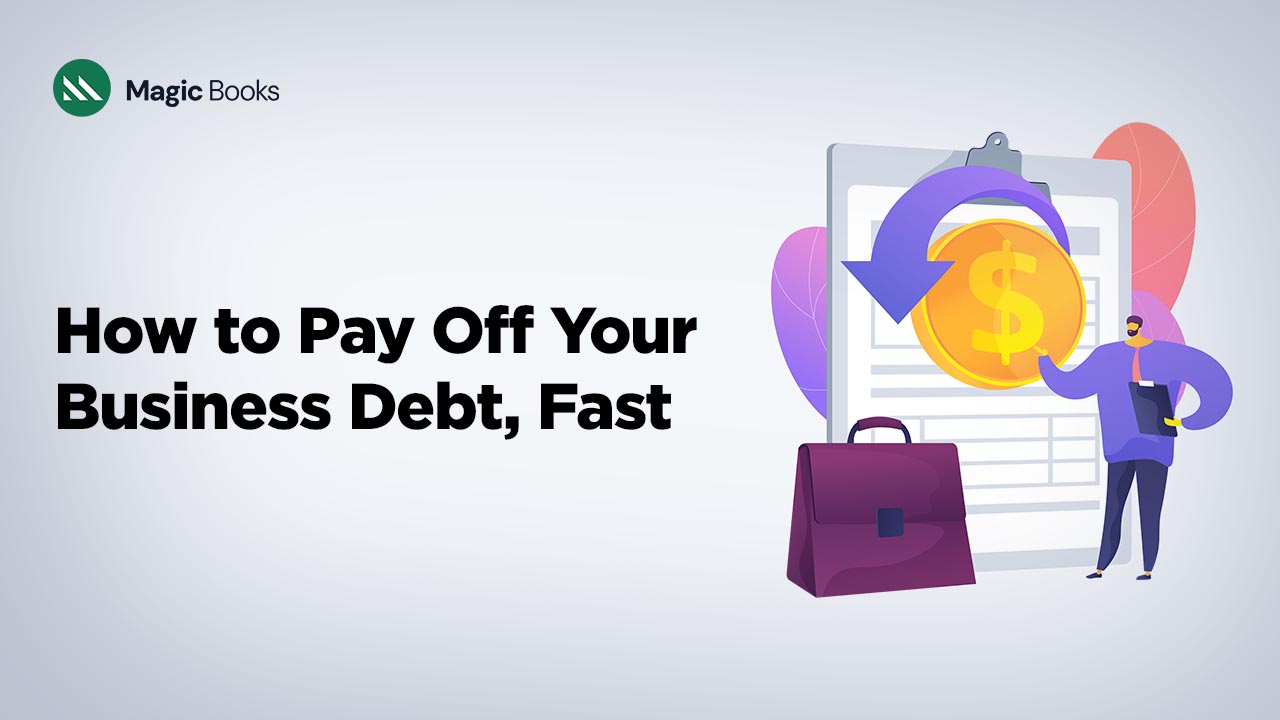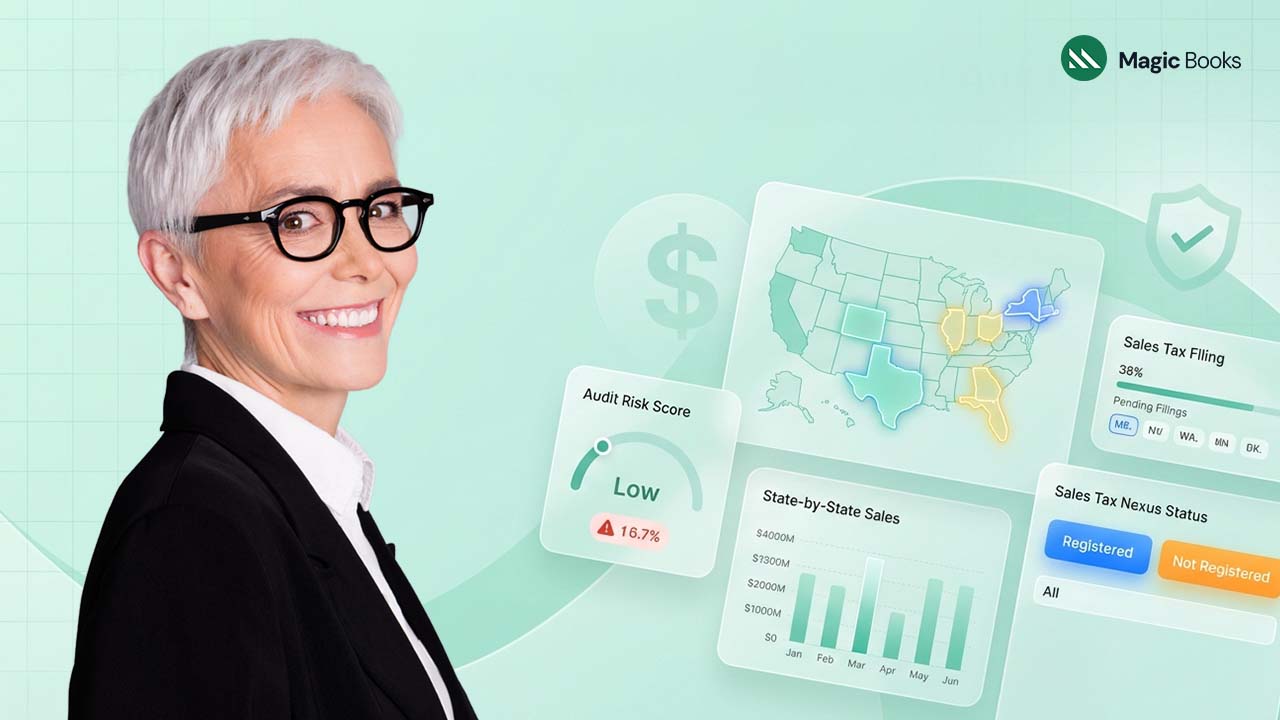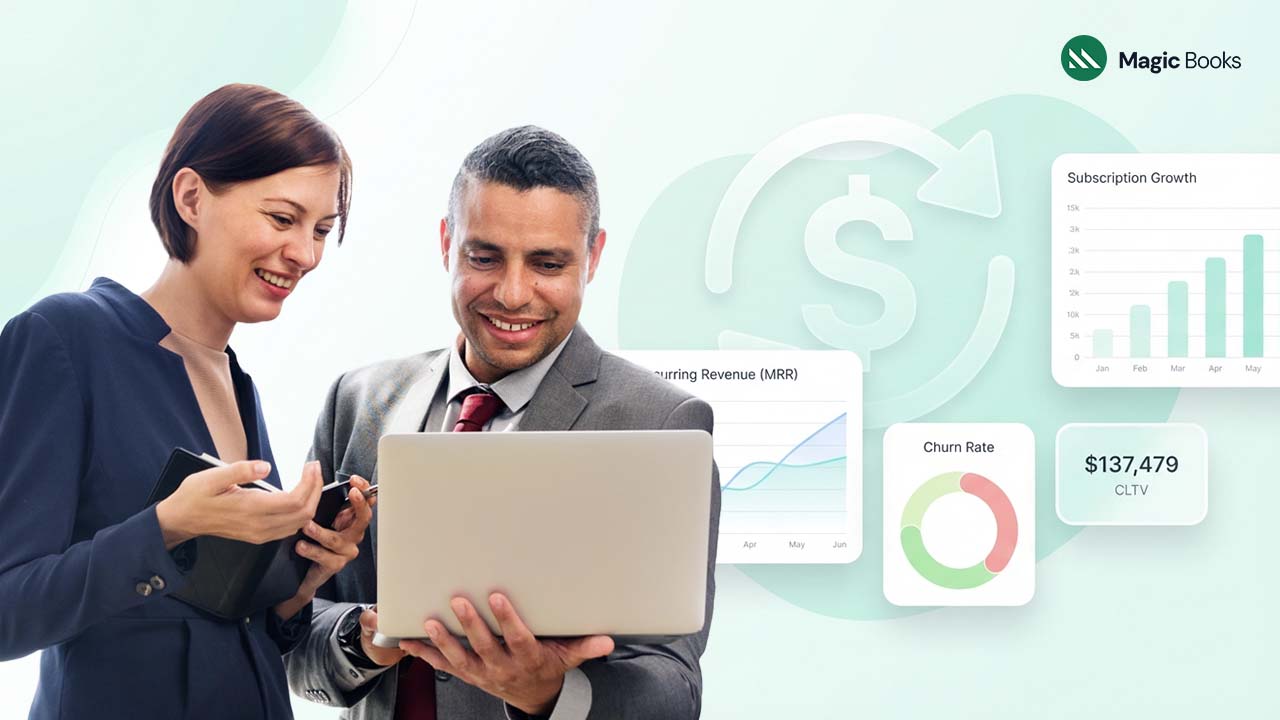It’s no secret that businesses can accumulate debt as quickly as people can. As much as everyone wants to grow their business, it’s easy to let the bills stack up. That is why it is important to be intentional when paying off business debts and avoiding financial distress.
While some debt can help you grow your business, it’s important not to overleverage the company. Overloading a business with debt can lead to cash flow problems that can prove very hard to recover from and can eventually mean business failure. You have to have a strategy for taking on debt and clearly understand your repayment capabilities.
With careful attention to your finances and intelligent decision-making, you can ensure that your business will succeed in the long run.
What Is Business Debt?
Business debt is the opposite of consumer debt. It’s any debt you take on for the business you own (e.g., corporation, limited liability company). For example, if you take out a loan to buy equipment for your business office space, that’s considered business debt.
Bad Business Debt vs. Good Business Debt
While “debt” typically has a negative connotation, business debt isn’t always bad. Debt is often preferred to equity financing, which can be costly and lead to relinquished control of the business.
Examples of good business debt include government-backed debt programs, such as those offered through the Small Business Administration. Another example of good business debt includes loans that help your business move forward. On the other hand, bad business debt includes loans given to clients and any debt you can’t pay back.
How Much Debt Is Too Much Debt for a Small Business?
Not all business debt is bad. A business could potentially use debt to grow their business at a speed that is much greater than had they grown organically from revenue. They can use short-term debt to purchase inventory, solve short-term cash flow problems, extend product lines, or make other investments. They can use long-term debt to expand facilities, acquire high-cost equipment, or even acquire other businesses.
It’s when entrepreneurs don’t have a clear grasp of how to use business debt successfully that they can find their business struggling to pay debt, rather than focusing on investing in their business.
There’s no one-size-fits-all answer to how much debt is OK and how much is too much. However, there are some warning signs that debt levels may no longer be sustainable. These include:
- Late payments
- Borrowing to make payments on debt
- Declining business credit scores
- Excessive UCC filings
- Limited borrowing options
Why should you pay off your business loan early?
You get so many more benefits by paying the business loan off early. In short, some of these benefits will include:
- Save money: You’ll end up paying less interest, which can add to a lot of savings.
- Easier future financing: Paying off a loan early will improve your credit profile, making it easier to get loans in the future.
- Boost your credit score: Early repayment is preferred in credit evaluation, which might increase your score.
- Less stress: Reducing your debt can save you from a lot of stress, and you can focus more on the growth of your business.
Check the terms with your lender to avoid any penalties for early repayment. This strategic move not only enhances your financial flexibility but also positions your business for more robust growth.
Preparing for debt repayment
List all of your debt
If you have multiple sources of debt—for example, a few credit cards, a student loan, and a personal loan—the first step to paying off debt is figuring out how much debt you have to pay off. That means keeping track of all outstanding balances, their interest rates, any minimum payments, and payment due dates. Google Sheets, or even just pen and paper, can be a very good friend for this.
This can be an intimidating exercise for people with a lot of debt, but there’s no way to make a clear plan for attacking it without a hard look at the numbers.
Stop using credit cards
Taking on more debt while you’re trying to repay a load of other debt can complicate things. While you’re in repayment mode, avoid taking out another loan or using credit cards, unless you can afford to pay off the balance at the end of the month.
Cutting off credit card spending can be tough. You might want to look into budgeting apps or plans that divide your take-home income into sections like the 70-20-10 budget or the 50-30-20 budget. Ideally, once your budget is laid out, you’ll see how much money you can devote toward paying off debts.
And for the record: No, you can not pay a credit card with another credit card.
Make your minimum payments
You should at least be setting aside an amount of money per month that can make your monthly payments. Any missed payments, especially those by more than 30 days, put you in credit delinquency and can negatively impact your credit score, as well as stay on your credit report for as much as seven years.
Ways to Payoff Debt:
1. Work on Your Budget
You have to understand your financial situation very well before you can start tackling your debt. You have to find out if there is sufficient space in your budget for your expenses.
A well-drawn business budget can help you determine what your fixed costs are on a daily, monthly, or annual basis and can account for variable and unforeseen expenses.
If you don’t have training as an accountant, you have to find a professional. If you can’t afford to hire one, there are nonprofits like the SCORE Association that provide workshops, one-on-one mentoring, and general advice on how to budget for business. You can use these resources. Accounting software like QuickBooks can help, too.
Whatever system you might utilize, knowing precisely how your budget works is the very first step you will have to take on your path to ridding yourself of your debt.
2. Cut Back on Your Spending
Now, after getting an understanding of where the money inflows and outflows of your business come from using your financial statements, it would be time to identify what expenses are not essential. You will be able to pinpoint subscriptions and professional memberships you do not use. Possibly, you would negotiate with vendors for them to reduce their prices. Go through your budget to understand what type of expenses led you into debt in the first place and try lowering them.
You may want to outsource business tasks to save you time as well as money. Many small and mid-sized companies often outsource marketing, bookkeeping, accounting, and legal roles. Consider factoring your invoices for access to immediate capital as well as streamlining your accounts receivable functions.
3. Send Out Invoices Immediately
Overdue receivables are one of the biggest cash traps for small businesses and that is why some kind of stated and fixed payment and collection procedures should be applied and maintained. Some people in business prefer running a commercial credit check before agreeing to offer buyers credit terms, which will assist you in weeding out bad customers. Others just state flat-out the consequences for nonpayment, which would be in percentage, no further work done on the project, or transferring it to a collection agency. Therefore, the best approach once internal guidelines for collection of payment have been set is to adhere to them. It also helps if you remind clients or call them to notify them of the need to pay immediately.
4. Start Paying in Cash
If you keep using the credit card or line of credit, that your business has, it simply loads up more credit and, to top it up, pays interest for credit as well. Therefore, it is wise to use cash when making payments while using credit is not a wise thing. The use of cash among the available payment modes can be quite effective in the sense that it helps a person to approach the purchase with full consideration of the amount of money he/she has in his/her pocket, to pay for it.
5. Reduce the Interest Rates on Your Loans
If you have a large balance on a business credit card that is charging you a high interest rate, you should open a new business credit card with a low APR and transfer your balance to it. If you owe money to a bank, get in touch with your representative at the bank and ask them to reduce the interest rate.
In some cases, you can apply to your bank or credit card issuer for a hardship plan. You need to put together financial statements and tax returns that prove that your business is going through a rough patch. The lender may be willing to waive their fees and lower their interest rates for a few months, moves that may help you pay off what you owe.
If you have a number of loans with different lenders, you may be able to consolidate them. Loan consolidation involves applying for a loan large enough to pay off all your other existing debts. Then, you service just one large loan. It can make your life easier to have just one loan to service, rather than keeping track of multiple due dates.
6. Develop a Stack Repayment System
Paying the interest on your loans can make it hard for you to work down the principal. It’s important to work out a system where you apply as much of your budget as possible to first pay off the loans that charge you the most interest. Once the loan is paid off, you should attack the loan with the next highest rate of interest. It can take some work and some financial discipline to stick to such a plan. It’s the best way that you have to make efficient use of your resources, however.
7. Contact a Debt-restructuring Service
If you’ve tried the methods above, and find that they don’t make as big a dent in your debt as you would like, a debt restructuring service may be able to help. When you sign up with a debt restructuring service, its professional negotiators will contact your creditors and debt collection agencies on your behalf and help alter existing contracts to make it easier for you to pay on them.
While debt restructuring does cost money, it’s a far less expensive option than filing for bankruptcy, and it is better for your business credit, as well.
Avoiding common debt repayment pitfalls:
Now that you have paid off your debt, it can be easy to rack up debt again. Those credit cards that once carried a debt now show zero balances, and you may fall back into bad spending habits. It is crucial to have a budget, stick to it, and plan the expenditure so that one is prepared for that expense.
Try to stay motivated by increasing your savings and living frugally. Increasing your savings and establishing financial stability should replace spending unnecessarily and will help you stay out of debt.



